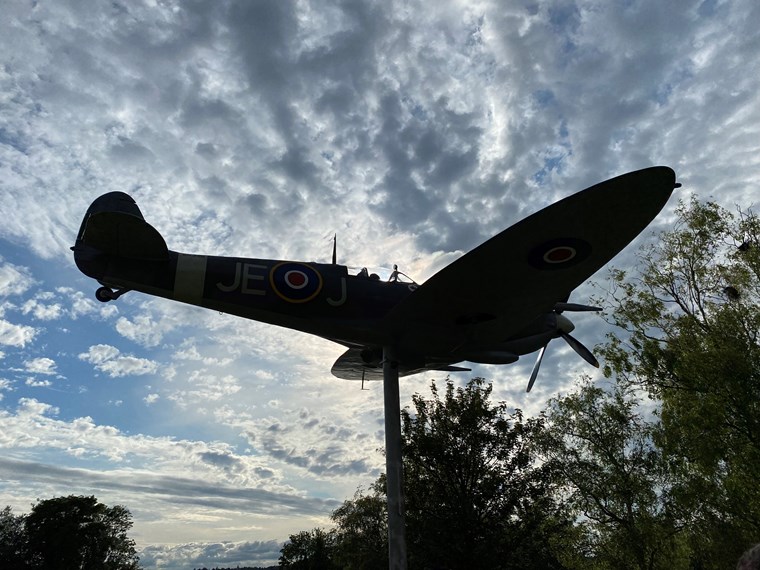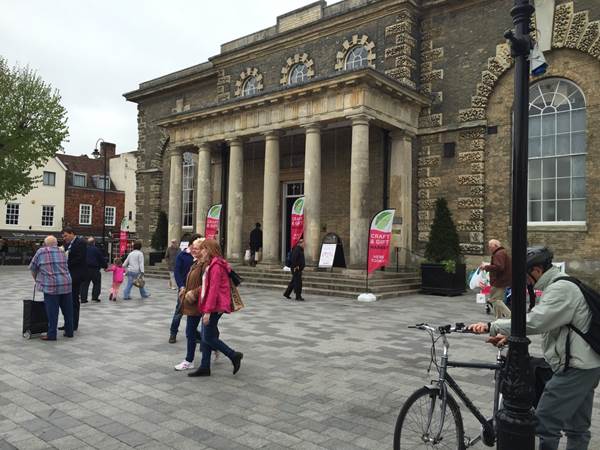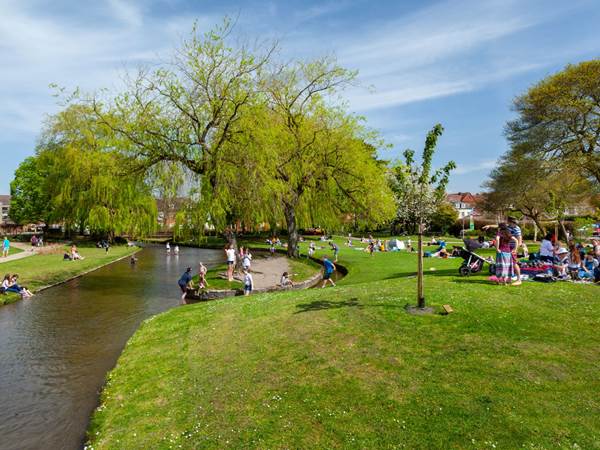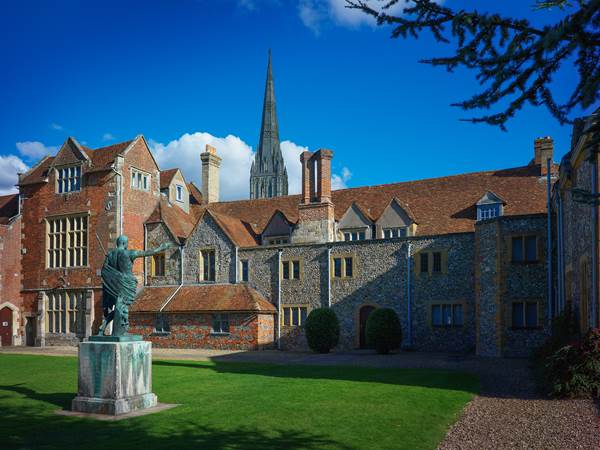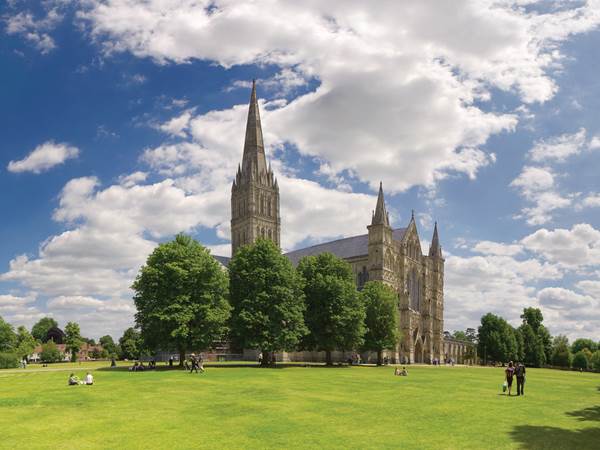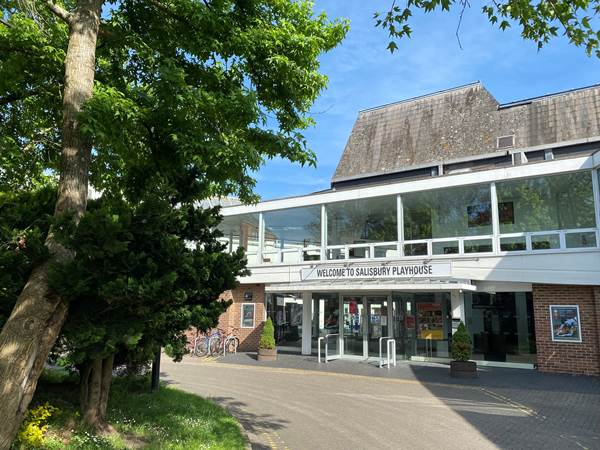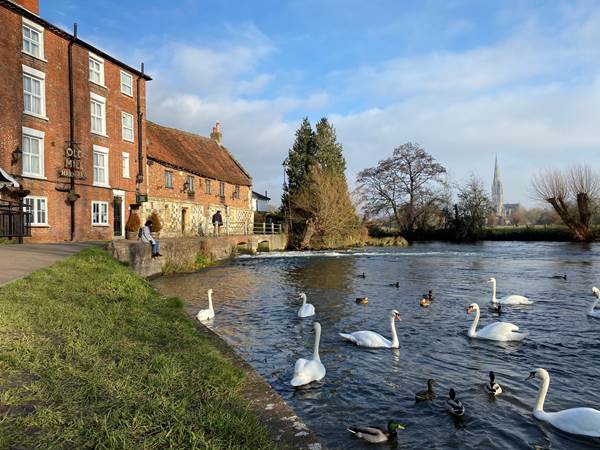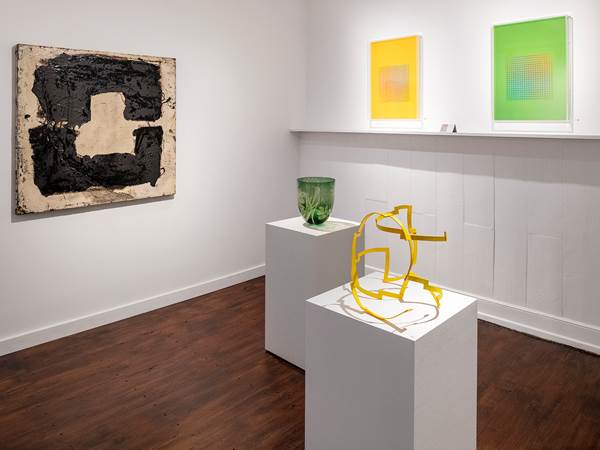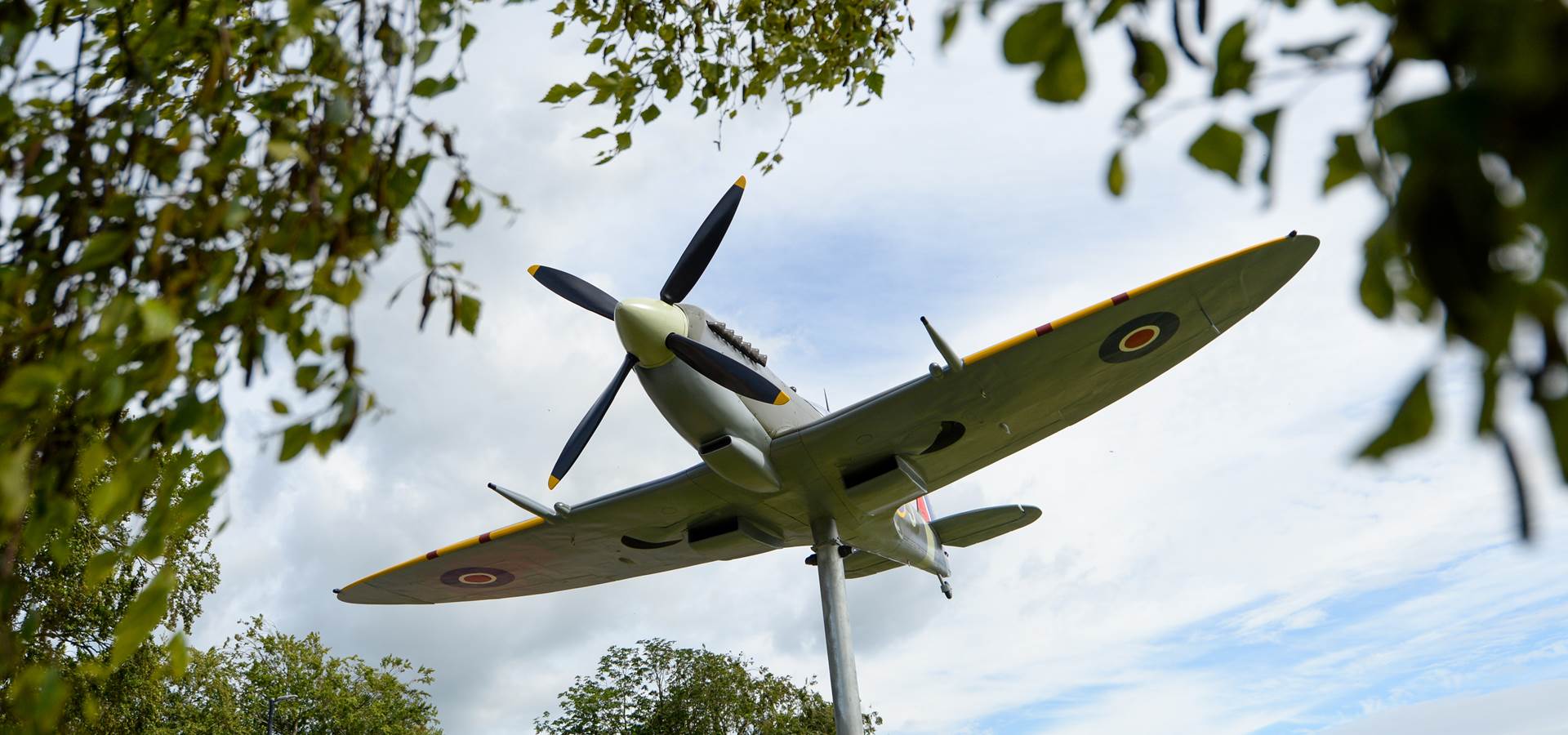The story of the secret Spitfires in Salisbury
It is part of Salisbury’s history that took 75 years to come to light – how hundreds of men, women, girls, boys and engineers built the iconic Spitfire in secret, in our historic cathedral city.
During World War II more than 2,000 Spitfires were built in secrecy in Salisbury after Southampton's production facilities were destroyed as part of Hitler’s plans to achieve air superiority.
What the Nazi’s failed to uncover though, was that manufacturing was being moved to secret factories in rural cities, small towns, and villages.
Salisbury became one of the most important producers, reaching over 10% of the total numbers of Spitfires ever built.
Secret factories were dispersed around the city centre, hidden in garages, bus depots and even sheds in Castle Street, New Street, Devizes Road and Castle Road. There were also assembly units at High Post and Chattis Hill.
The work of these men, women and children was such a huge achievement but it only became widely recognised after the release of the 2016 film The Secret Spitfires.
The Salisbury Secret Spitfire Memorial
As a lasting tribute to the secret workforce, The Secret Spitfire Charity has since raised tens of thousands of pounds to build a full-sized replica Spitfire.
The Secret Spitfire Memorial was finished in 2020 and brought to Salisbury from North Norfolk. The installation was delayed due to the coronavirus pandemic, but in July 2021 it was finally unveiled at Salisbury Rugby Club, where one of the original factories was located.
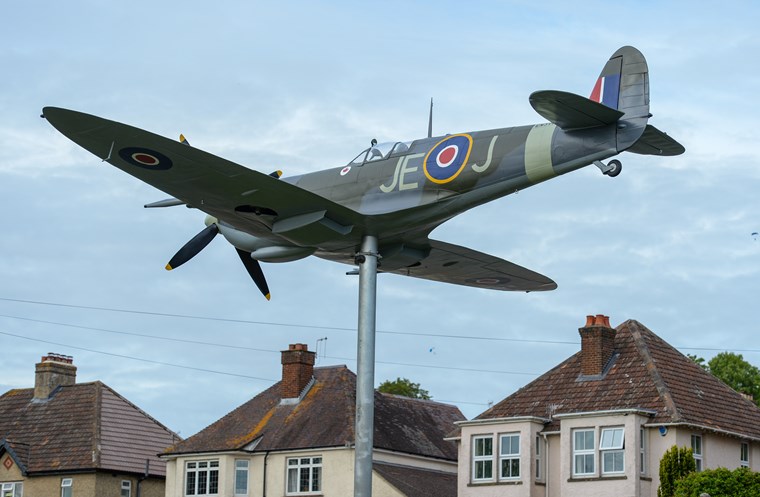
Salisbury Spitfire Commemorative Plaques
As part of the commemorations to those who worked on the Spitfires, The Secret Spitfire Charity has installed a series of commemorative plaques at locations across the city.
The plaques will take pride of place on buildings that were requisitioned for Spitfire production.
The Salisbury Spitfire sites, and what was made at them, are:
- Anna Valley Motors Garage, now McCarthy and Stone retirement homes, Castle Street: Fuselage assembly, construction of tail units and component parts
- Wilts and Dorset Bus Garage, 141 Castle Street: Wing production
- Wilts and Dorset Bus Depot (Entrance), 152 Castle Street: Fuselage assembly and engine fitting
- Wessex Motors Garage, now Old George Mall Car Park: Building of fuselages and tail units
- “Factory No. 1”, Salisbury RFC, Castle Road: Built by Supermarine, used for fitting out fuselages and engine installation
- “Factory No. 2”, now Janspeed, Castle Road: Built by Supermarine, where component assemblies and wings were built
- Watt & Vincent, now A.J. Waters Garage, Devizes Road: Building of fuel tanks
- Highpost Hotel, now The Stones Hotel, Highpost: Air Traffic Control, accommodation for High Post Airfield
- Chattis Hill Aerodrome, now in private ownership: Where two hangars were built and used for final assembly, an experimental unit and test and flight
- Wiltshire Flying Club, now Chemring, Highpost: Final assembly and flight test
- Final Assembly Area, now Highpost Business Park: Final assembly and flight test
If you want to know more, you can find information about the memorial, plaques and secret Spitfire history here.
